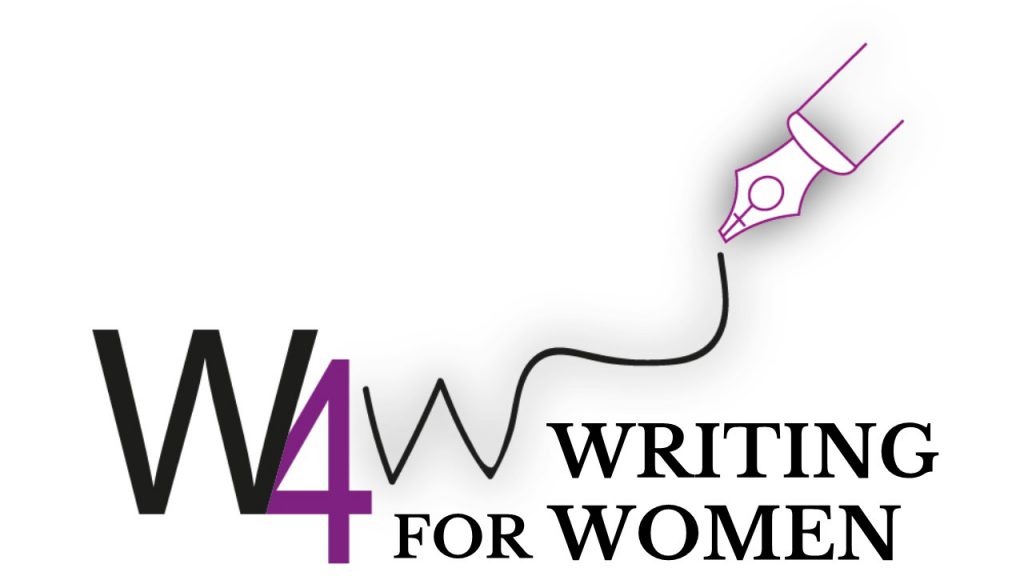- Basic search
To perform a basic search, enter your search criteria into the box at the top of the screen and hit RETURN or click/tap the magnifying glass icon. Your criteria can include full or partial names of authors and translators, terms related to original or translated work titles, or keywords relating to any of the above. You can truncate your search term using the asterisk (*). It is also possible to access the database simply by clicking/tapping the magnifiying glass icon, without entering any search criteria.
An alphabetical list of records (exportable in PDF format) will appear. The database will also generate a series of graphics from these results providing information about the ideal audience and circulation of the work in question.
- Advanced search
The Advanced search option offers twelve search fields, nine of which allow the choice of multiple subfields from dropdown lists. These are as follows: Language, Genre, Territory, Audience type, Reference, Subscription lists, Type of library, Gender (of writer/translator) and Original/translated. Fields can be left empty: the search will return results which are based on the data entered and can then be further refined using the filters on the left-hand side of the screen.
In the Range of years field you can enter either a range or a specific year (between 1700 and 1830), while you can use the Author/translator field to search for any part of the name, pseudonym or initials by which the writer might have been known. Search terms can be truncated by using the asterisk (*).
- Search results
You can narrow down your results using the filters, which reflect the Advanced search fields. These are as follows: Time period (Range of years), Authorship (Gender), Works (Language, Territory, Original/translated and Genre), Ideal audience (Audience type and Reference [ie the section of the work referring to that audience type]) and Circulation (Subscription lists and Type of library).
The filtered results are automatically displayed in an alphabetical list exportable in PDF format.
The results will be sorted by edition. NB we understand “work” to mean the intellectual creation which is reproduced in each separate edition. The information generated about audience and circulation is based on individual editions. These details are structured in three sections:
- General information: this provides the name of the author/translator, full title of the work, its place of publication, the printer’s name, the year of publication and links to the digitised version, as well as stating whether the work is an original or a translation. If the latter, the title of the original is given; if the former, the title and year of publication of any translations that may exist are also given. We attach particular importance to translation, understood as a creative process: for this reason, although the relationship between translations and originals is documented, translated works are also included as records in their own right. Similarly, translators are searchable on the same basis as authors: the name of the original author is presented as a link leading to a list of any other editions attributed to him/her. The same is true of the titles of translated works, making it easy for the user to consult any other translations of the same work available in the database.
- Ideal audience: this specifies the kind of readership to which the work in question is addressed, and indicates the section of the text from which this information has been drawn (e.g. title, dedication, preface, etc).
- Circulation: this provides data about subscription lists (total numbers) and about the work’s presence in libraries.
To cite this database:
CIRGEN: W4W. Writing for Women. https://w4w.uv.es/CIRGEN

